Migration is one of nature’s most spectacular phenomena, with billions of birds traversing vast distances across the globe annually. While all migratory birds share the fundamental need to travel between breeding and non-breeding grounds, coastal birds and inland species have developed distinctly different migratory patterns, strategies, and adaptations. These differences reflect their unique evolutionary histories, habitat requirements, and responses to environmental pressures. Coastal birds, which include shorebirds, seabirds, and many waterfowl, frequently exhibit migration patterns that differ dramatically from those of their inland counterparts, such as songbirds, raptors, and upland game birds. From navigation methods to stopover locations, timing to flight formations, these differences showcase the remarkable diversity of avian adaptation and highlight the specialized nature of bird migration along the world’s coastlines.
The Geographical Advantage: Coastlines as Migratory Highways
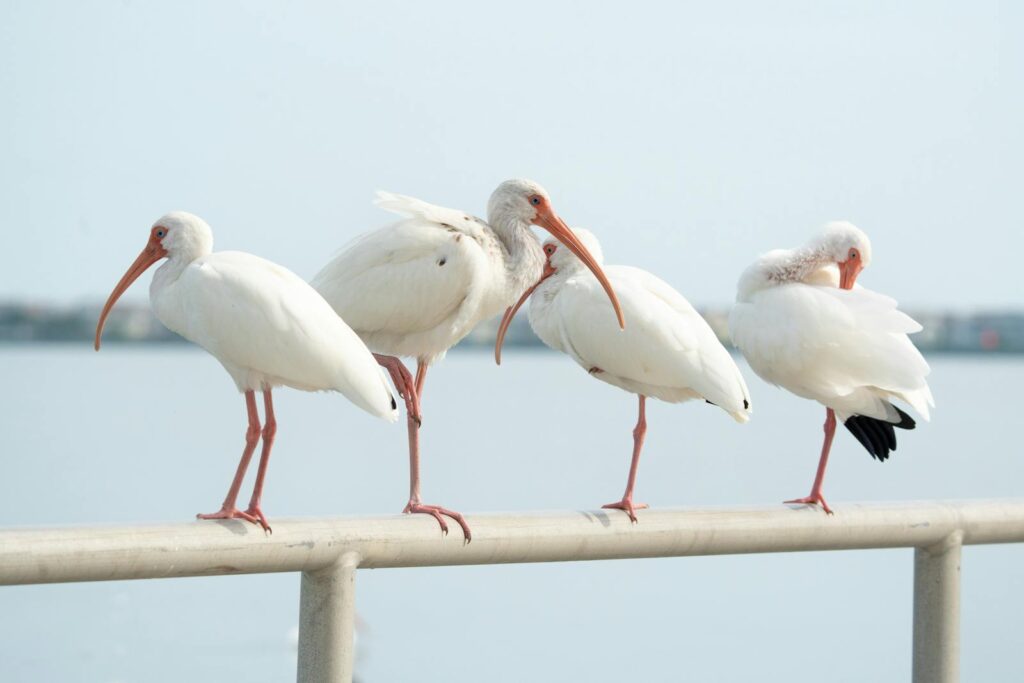
Coastal birds have the distinct advantage of following clearly defined geographical features during migration, with coastlines serving as natural highways that provide continuous guidance. These linear features act as uninterrupted navigational markers that stretch for thousands of miles, allowing coastal species to follow relatively straightforward routes compared to the complex pathways that inland birds must navigate. Species like the Semipalmated Sandpiper and Bar-tailed Godwit utilize these coastal corridors with remarkable precision, often adhering to the same beaches and shorelines year after year. Additionally, coastal routes typically offer consistent access to critical resources such as food and resting areas, creating a relatively predictable journey despite the vast distances covered. This geographical advantage significantly reduces the navigational challenges for coastal migrants, allowing them to develop specialized migration strategies that differ fundamentally from those of inland species.
Evolutionary Divergence in Migration Strategies
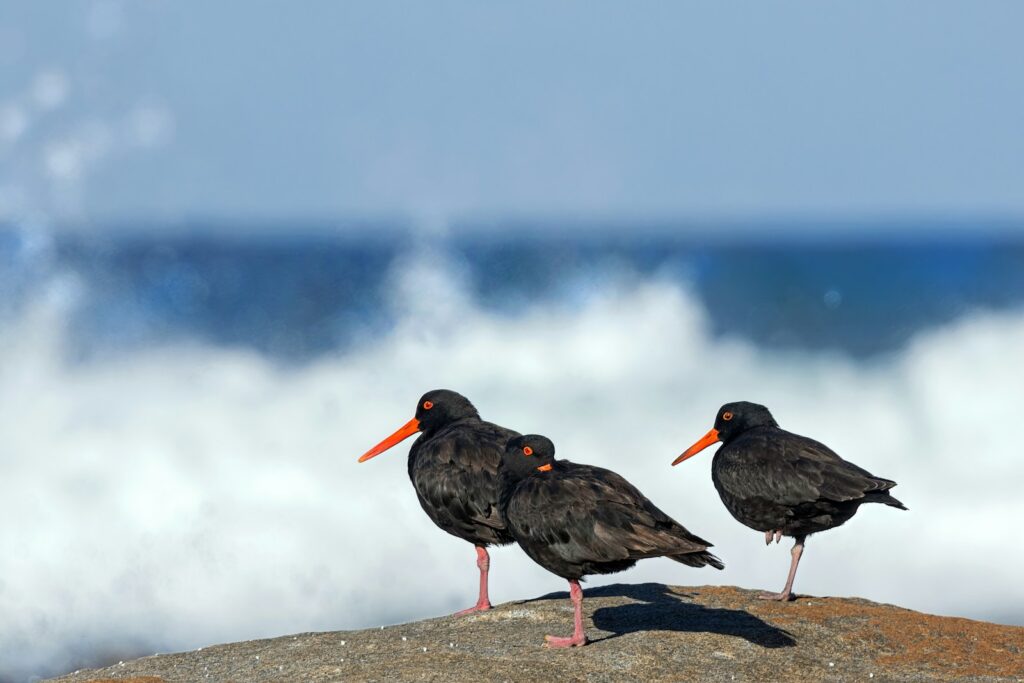
The evolutionary histories of coastal and inland birds have shaped fundamentally different approaches to migration over millions of years. Coastal species have evolved in environments where food resources fluctuate dramatically with tides and seasons, driving the development of long-distance migration capabilities to track these shifting resources. Many shorebirds, for instance, have evolved extraordinarily efficient flight mechanics that allow them to travel from Arctic breeding grounds to southern hemisphere wintering areas with minimal stopping. Inland species, by contrast, have often developed more flexible migration strategies, with shorter flights between more numerous stopover locations as they navigate across varied terrestrial habitats. This evolutionary divergence is evident in physical adaptations as well, with coastal migrants typically possessing longer, more pointed wings optimized for sustained flight over open water, while many inland birds maintain wings better suited for maneuverability in forests and varied landscapes. These distinct evolutionary trajectories continue to influence contemporary migration patterns, with coastal and inland species responding differently to modern challenges like climate change and habitat alteration.
Food Resource Dependency and Temporal Migration Patterns
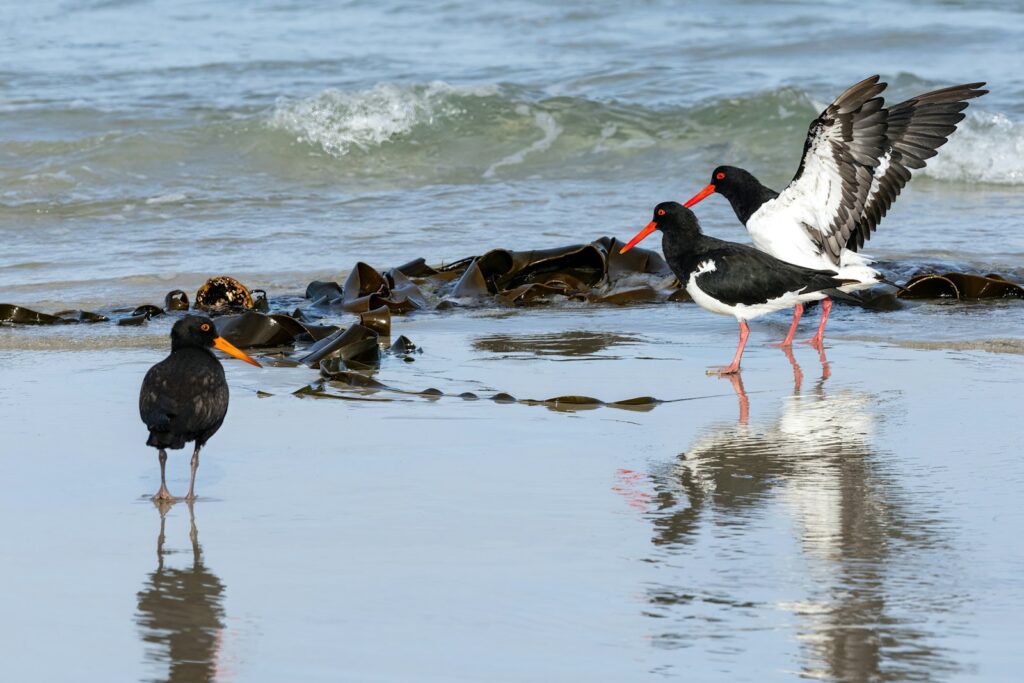
Coastal birds typically synchronize their migrations with highly specific and temporally concentrated food resources, creating more rigid migration schedules than many inland species. For example, shorebirds like Red Knots time their stopover at Delaware Bay precisely with the spawning of horseshoe crabs, a critical food source that provides the energy needed for the next leg of their journey. This dependency on predictable but brief windows of resource availability forces coastal birds to maintain relatively inflexible migration calendars, often departing and arriving within the same narrow time frame each year. Inland birds, while still responding to seasonal food availability, generally encounter more diverse and temporally dispersed food resources across their migratory routes. Warblers moving through forests, for instance, can find insect prey throughout a broader timeframe and across more varied habitats, allowing for somewhat more flexible migration timing. The difference in resource dependency creates a fundamental distinction: coastal migrants often move in precisely timed waves coinciding with specific resource peaks, while inland migration patterns frequently show greater temporal spread and adaptability.
Flight Formations and Social Migration Behaviors
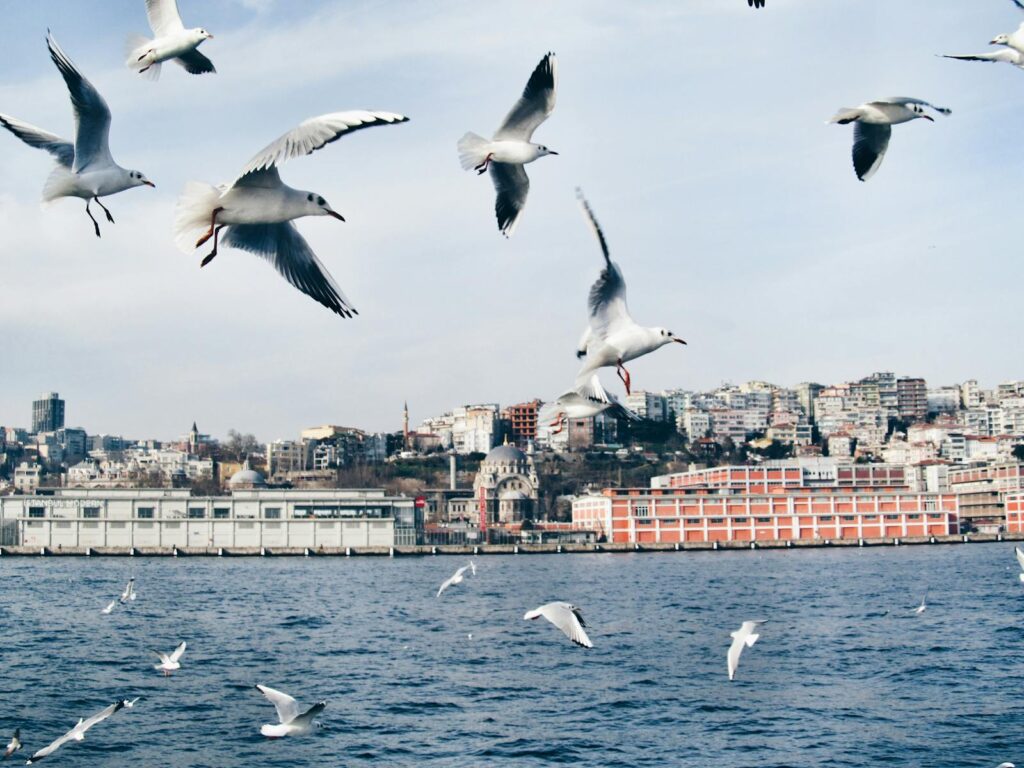
Coastal birds frequently exhibit more pronounced social migration behaviors than many inland species, with spectacular flocking formations being particularly common among coastal migrants. Species like Dunlins and Western Sandpipers form dense, coordinated flocks that can number in the thousands, creating swirling aerial displays as they move along coastlines. These social formations serve multiple purposes, including protection from predators, collective navigation, and energy conservation through aerodynamic advantages. By contrast, many inland migrants, particularly songbirds, often migrate in looser associations or even individually, especially forest-dwelling species that navigate through complex vegetation structures. The difference extends to nocturnal migration patterns as well, with many inland songbirds migrating under the cover of darkness to avoid predation, while numerous coastal species conduct dramatic daytime movements visible to observers. These distinct social migration strategies reflect different predator pressures, habitat structures, and navigational requirements between coastal and inland environments.
Navigational Mechanisms and Orientation Techniques
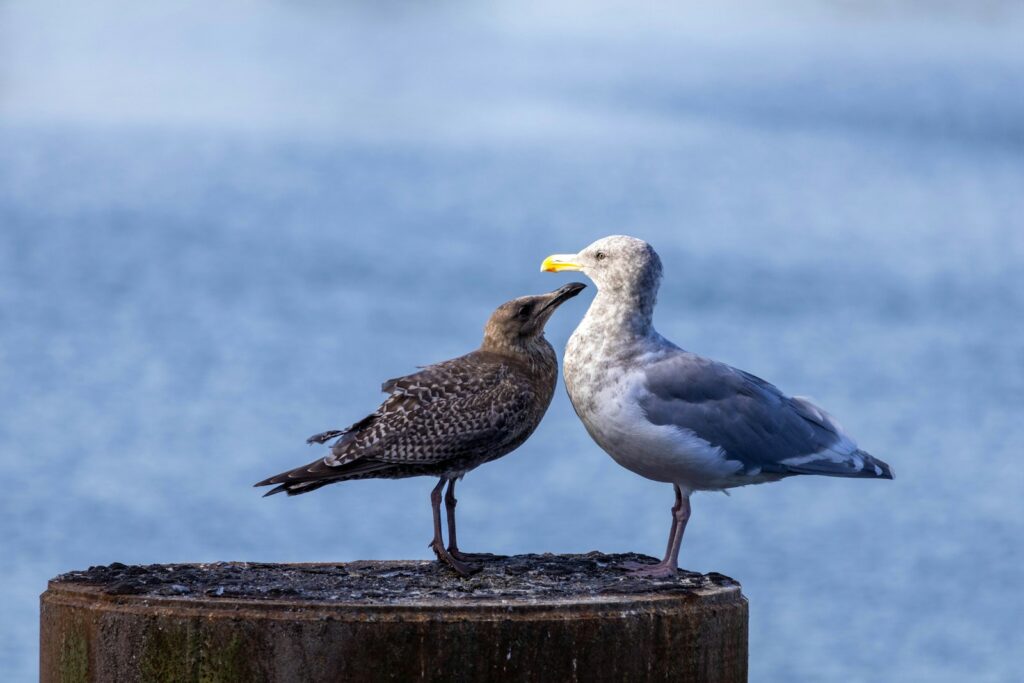
Coastal and inland birds utilize different navigational tools during migration, reflecting their distinct flight environments and challenges. Coastal migrants often rely heavily on visual landmarks and topographical features, with coastlines providing clear, unambiguous boundaries that can be followed for thousands of miles. Research has shown that many coastal species also make extensive use of celestial navigation, using star patterns and the sun’s position to maintain their course over featureless ocean expanses. Inland birds, navigating across more varied landscapes with fewer consistent geographical features, tend to place greater emphasis on geomagnetic orientation, using Earth’s magnetic field to determine direction. Studies with Swainson’s Thrushes and other inland migrants have demonstrated their remarkable ability to detect minute variations in magnetic fields, allowing them to navigate across continents even when visual cues are limited. These different navigational preferences have developed through natural selection to address the unique challenges of coastal versus inland migratory routes.
Wind Patterns and Weather Exploitation
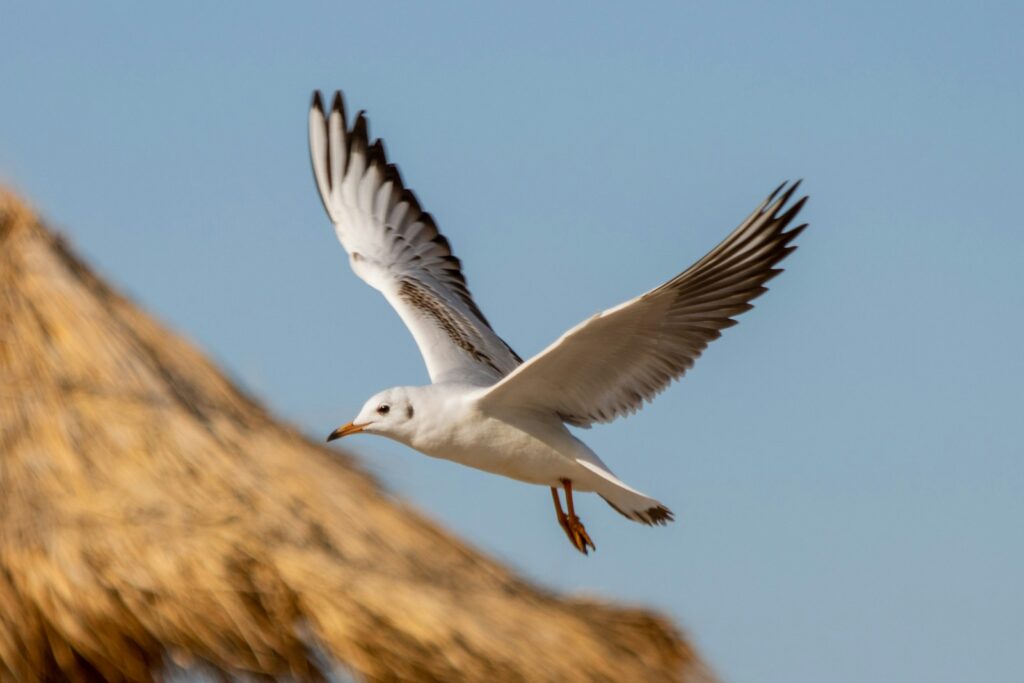
Coastal birds have developed specialized abilities to exploit maritime wind patterns that fundamentally differ from the atmospheric conditions encountered by inland migrants. Seabirds and coastal migrants frequently utilize predictable sea breezes, trade winds, and oceanic weather systems to conserve energy during their journeys. Bar-tailed Godwits, for example, time their trans-Pacific migrations to coincide with favorable weather systems that propel them over thousands of miles of open ocean. These birds have evolved remarkable sensitivity to barometric pressure changes and other atmospheric indicators that help them anticipate advantageous wind conditions. Inland birds face more variable wind patterns affected by topography, vegetation, and continental weather systems, leading to different strategies for weather exploitation. Many inland migrants, such as broad-winged hawks, utilize thermal updrafts that form over land to gain altitude with minimal energy expenditure before gliding to the next thermal. These distinct approaches to weather utilization significantly influence migration timing, routes, and energy expenditure between coastal and inland species.
Stopover Ecology and Habitat Requirements
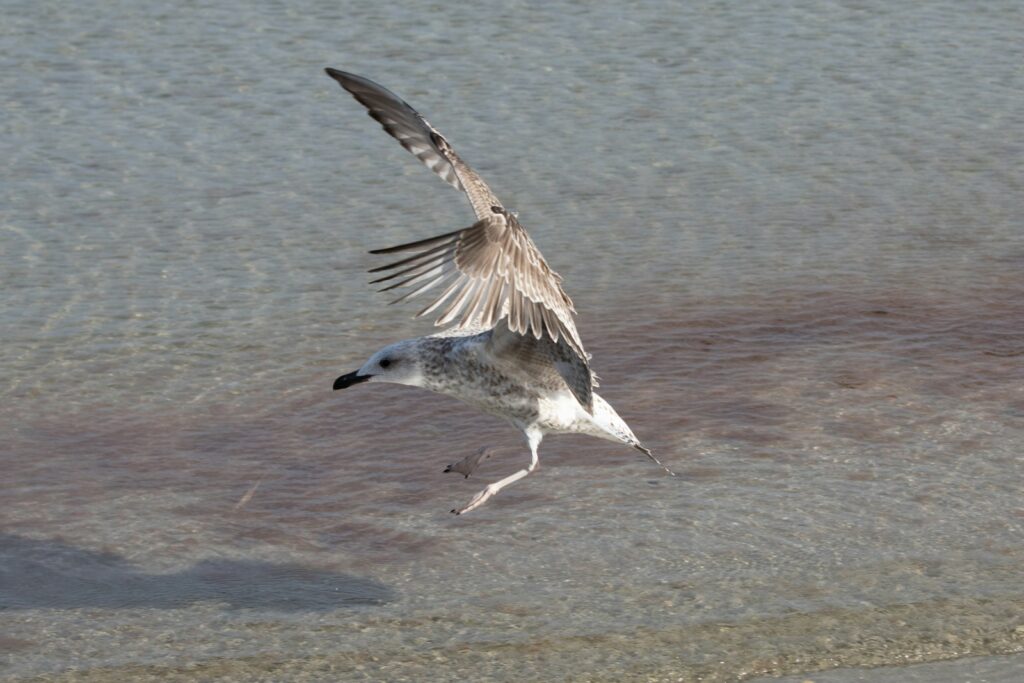
The stopover ecology of coastal migrants differs dramatically from that of inland species, with coastal birds typically utilizing fewer but more resource-concentrated refueling sites. Coastal stopover locations like Delaware Bay, the Yellow Sea, and the Copper River Delta become gathering points for tens of thousands of birds that depend on extraordinarily productive but geographically limited areas to replenish fat reserves. These sites often see birds doubling their body weight within days before continuing their journeys, demonstrating the remarkable resource concentration and specialized feeding adaptations of coastal migrants. Inland birds generally utilize a greater number of smaller, more dispersed stopover sites, reflecting the more continuous nature of suitable habitat across terrestrial landscapes. A Blackpoll Warbler migrating through eastern forests might make dozens of brief stops, spending just a day or two at each location before continuing southward. This fundamental difference in stopover ecology creates distinct vulnerability profiles: coastal species face severe consequences from the degradation of a few critical sites, while inland migrants may demonstrate greater resilience through habitat flexibility across numerous potential stopover locations.
Migration Distance and Endurance Adaptations
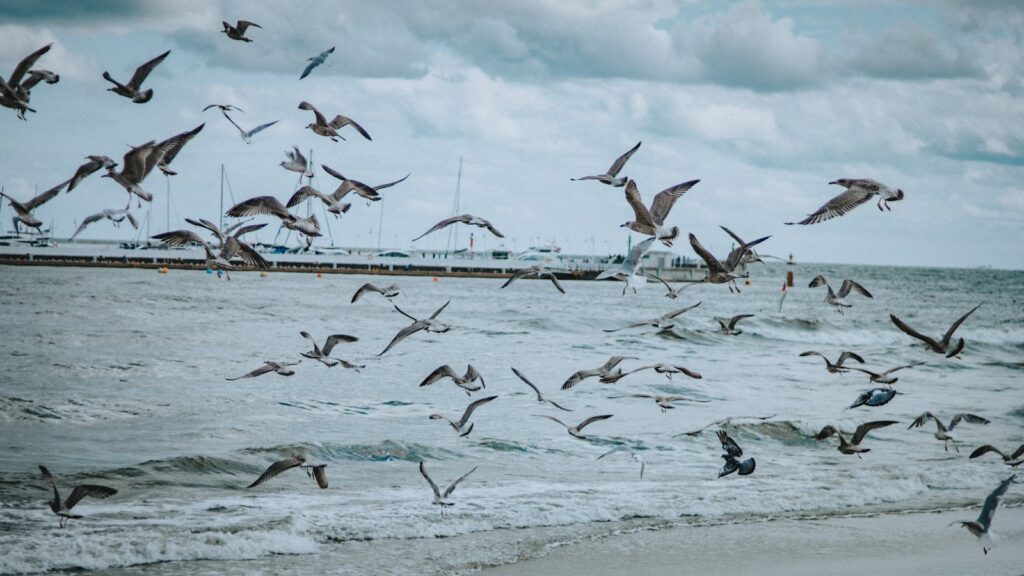
Coastal migratory birds frequently undertake some of the longest non-stop flights in the avian world, necessitating extraordinary physiological adaptations that differ from those of most inland migrants. The Bar-tailed Godwit holds the record for the longest non-stop migration, flying over 7,500 miles from Alaska to New Zealand without landing, a journey requiring specialized metabolic adaptations to sustain continuous flight for eight or nine days. These adaptations include dramatic pre-migration weight gain, the ability to shrink digestive organs to reduce weight during flight, and highly efficient fat metabolism systems. Inland migrants typically employ a different strategy, breaking their journeys into shorter segments with multiple refueling stops along the way. A Wood Thrush migrating from North America to Central America, for example, will make numerous stops to rest and feed, rarely flying more than a few hundred miles without interruption. This difference in endurance requirements has driven the evolution of distinct flight muscles, cardiovascular systems, and metabolic adaptations between coastal long-distance specialists and inland shorter-hop migrants.
Responses to Climate Change and Shifting Baselines
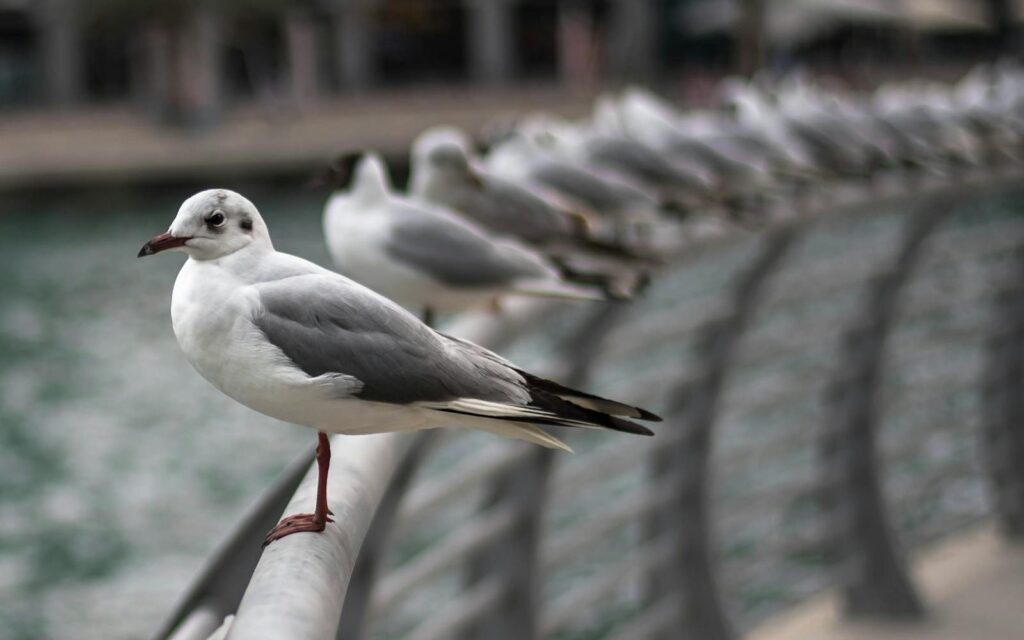
Coastal and inland migratory birds are responding differently to climate change, with coastal species often showing more immediate and pronounced disruptions to their traditional patterns. Many coastal migrants face the dual challenges of sea-level rise affecting critical stopover habitats and altered marine productivity, changing food availability along their routes. Red Knots in the Americas, for instance, have experienced significant population declines partly due to climate-related mistiming between their migration schedule and the availability of horseshoe crab eggs, a critical food resource. Inland migrants, while certainly affected by climate change, often have more flexibility to adjust their routes through diverse terrestrial habitats as conditions shift. Research on European Pied Flycatchers has documented gradual northward shifts in migration routes as suitable habitat zones move poleward with warming temperatures. These different response capacities reflect the specialized nature of coastal migration strategies versus the relatively greater adaptive potential of many inland migrants, highlighting how evolutionary history shapes contemporary resilience to environmental change.
Conservation Challenges and Vulnerability Profiles
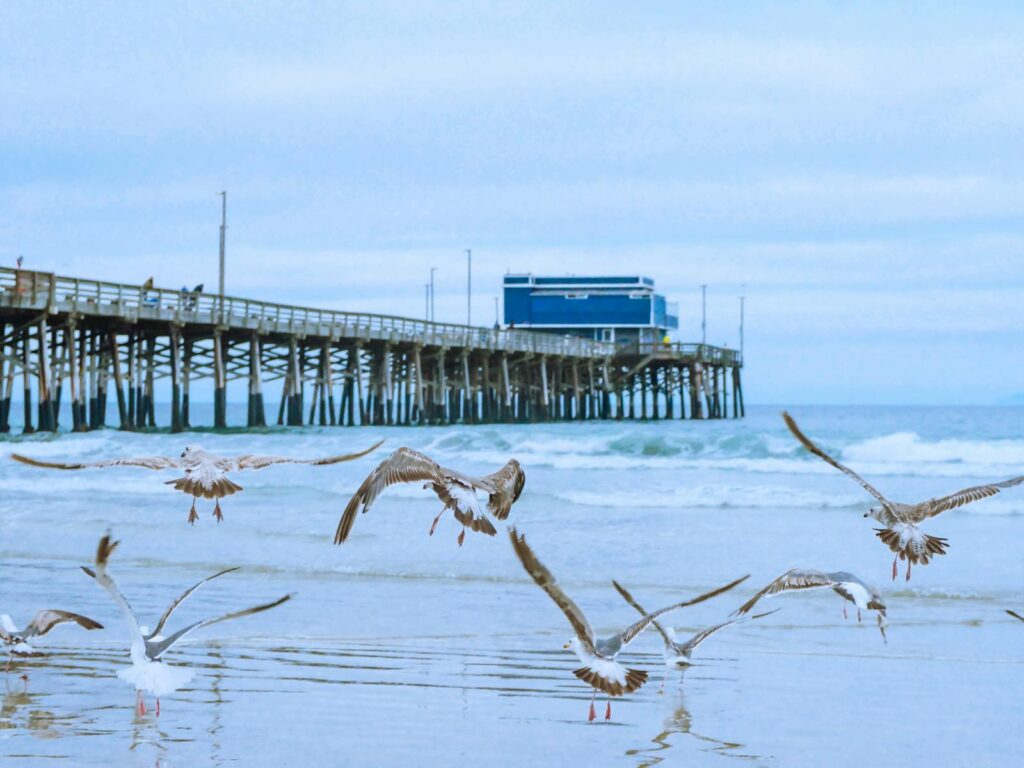
The conservation challenges facing coastal migratory birds differ substantially from those affecting inland migrants, creating distinct vulnerability profiles that require tailored conservation approaches. Coastal migrants frequently face concentrated threats at critical bottleneck locations where thousands or even millions of birds converge during migration. The Yellow Sea region of East Asia exemplifies this vulnerability, with over 50% of suitable tidal flat habitat lost to development in recent decades, devastating populations of shorebirds that depend on these areas during migration. Inland migrants typically face more diffuse threats spread across broader geographical areas, including forest fragmentation, agricultural intensification, and urbanization across diverse landscapes. Additionally, coastal birds often contend with specific marine threats including plastic pollution, oil spills, and commercial fishery impacts that rarely affect inland species. These different threat profiles necessitate distinct conservation strategies, with coastal species often requiring international cooperation to protect specific critical habitats, while inland bird conservation frequently focuses on landscape-scale habitat connectivity and quality improvement across their more dispersed migratory networks.
Cultural and Seasonal Significance

Coastal bird migrations often hold different cultural and seasonal significance compared to inland bird movements, influencing human relationships with these natural phenomena. The arrival and departure of coastal migrants frequently mark important seasonal transitions in coastal communities, with festivals and celebrations organized around these spectacular events. The Spring Shorebird and Horseshoe Crab Festival in Delaware Bay and the Snow Goose Festival in California represent cultural institutions built around the predictable appearance of coastal migrants. These birds often serve as cultural icons and economic drivers through ecotourism in coastal regions where their concentrated numbers create impressive wildlife spectacles. Inland bird migrations, while certainly celebrated in birding communities, typically produce less concentrated and visible phenomena, leading to different patterns of cultural recognition and tourism development. The Hawk Mountain Sanctuary in Pennsylvania represents an exception where an inland migration concentration point has developed significant cultural importance. These different cultural relationships reflect the visual drama and concentration of coastal migrations versus the more dispersed and subtle nature of many inland bird movements.
Future Directions in Migration Research
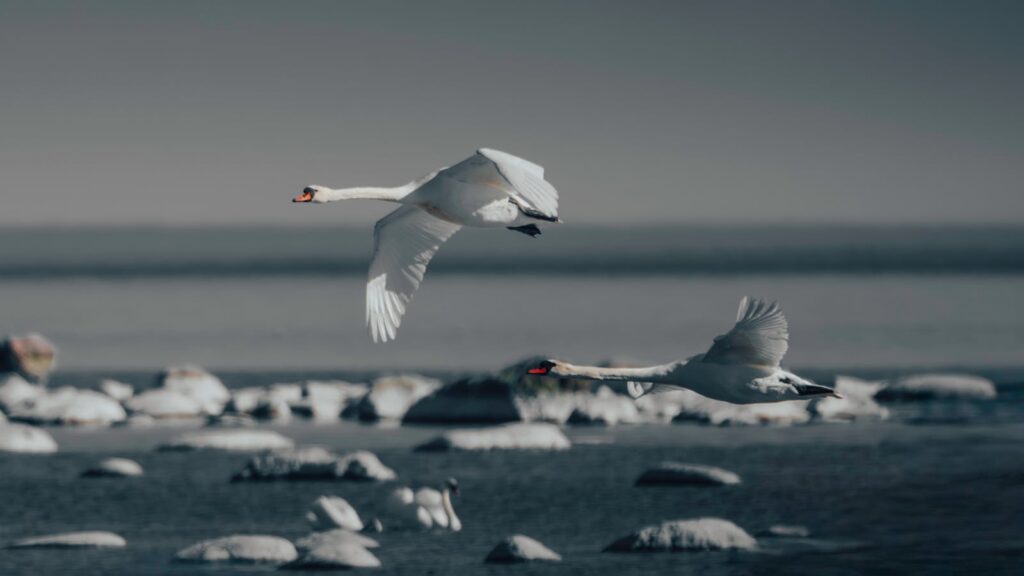
Research into the differences between coastal and inland bird migration is entering an exciting new era, with technological advances enabling unprecedented insights into these distinct movement patterns. Miniaturized GPS transmitters now allow researchers to track even small shorebirds across their entire migratory journeys, revealing previously unknown stopover sites and route fidelity patterns that distinguish coastal migrants from inland species. Radar ornithology has revolutionized our understanding of nocturnal migration, allowing scientists to compare the timing, altitude, and density of coastal versus inland movements on continental scales. Stable isotope analysis of feathers provides new windows into migratory connectivity, helping researchers determine precisely where coastal and inland birds spend different portions of their annual cycles. These technological advances are increasingly being combined with traditional field observations in citizen science programs like eBird, creating massive datasets that reveal subtle differences in migration timing and route selection between coastal and inland populations. Future research will likely focus on understanding the genetic basis for these different migration strategies and predicting how coastal and inland migrants will respond differently to accelerating environmental changes in the coming decades.
Conclusion
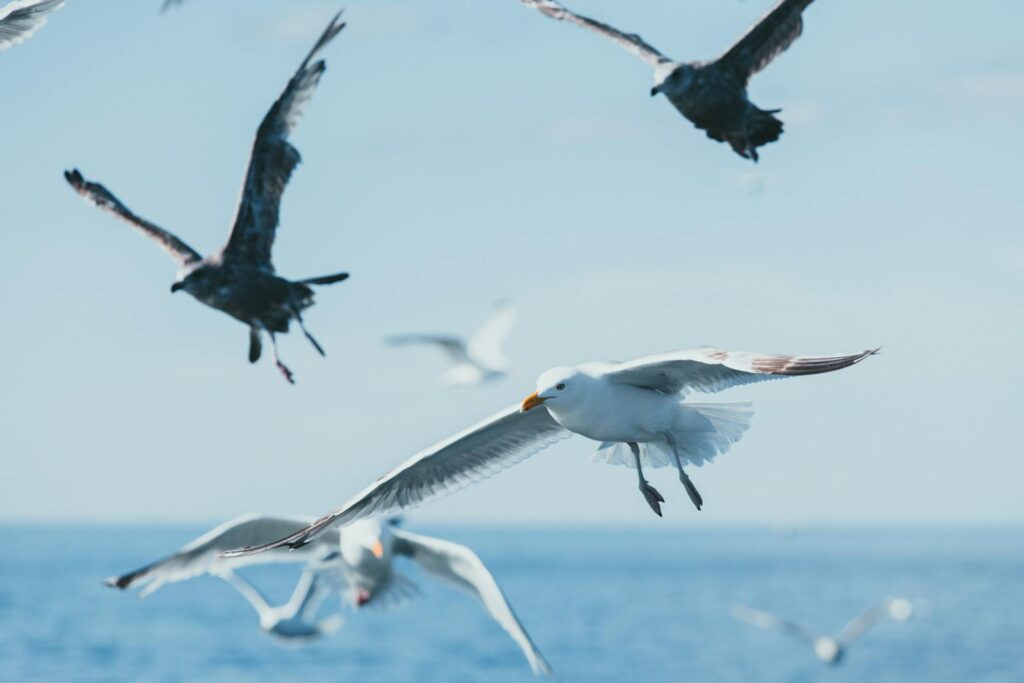
The divergent migration strategies between coastal and inland bird species represent one of nature’s most fascinating evolutionary stories. From their different navigational mechanisms and stopover ecology to their contrasting responses to climate change and conservation challenges, these birds exemplify how environmental conditions shape behavior over evolutionary time. Coastal birds, with their spectacular long-distance flights, concentrated stopovers, and reliance on linear geographical features, have developed highly specialized migration strategies that differ fundamentally from the more flexible approaches of many inland species. Understanding these differences is not merely an academic exercise—it’s essential for developing effective conservation strategies that address the unique vulnerabilities of each group. As climate change and habitat loss increasingly threaten migratory birds worldwide, appreciating the distinct nature of coastal and inland migration will be crucial for preserving these remarkable natural phenomena for future generations.
